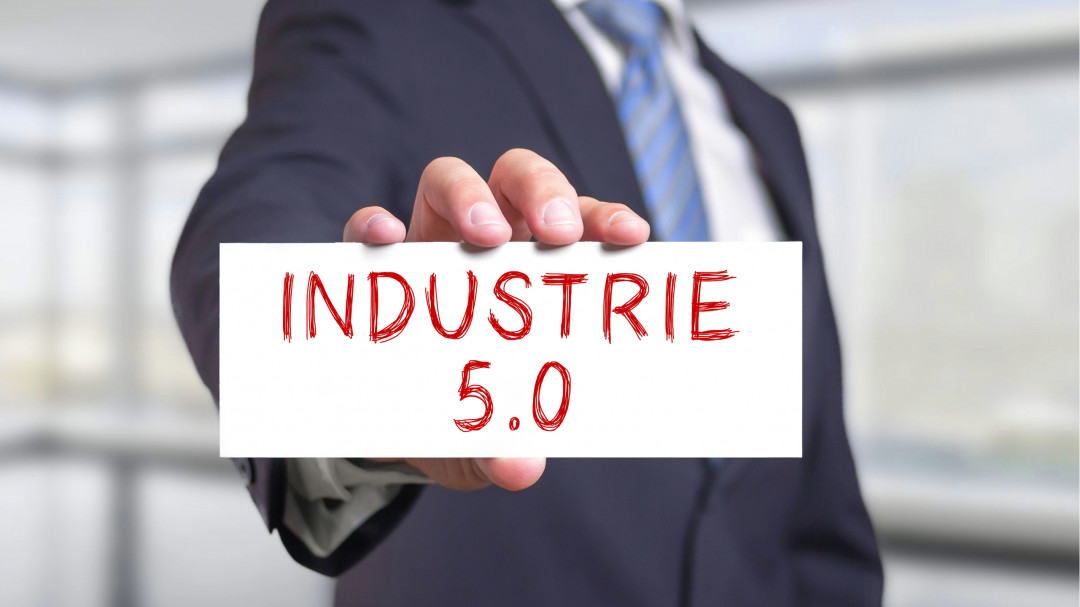
In collaboration with the Portuguese University of Coimbra, the IST-Hochschule für Management is presenting the latest research findings on the role of digital twins in Industry 5.0. Students on the Master's programme in Business Transformation Management will benefit directly from these key insights.
Since 2018, Prof. Dr. Ina Kayser, Head of the Master's programme in Business Transformation Management at IST-Hochschule, and João Barata from the University of Coimbra have been making a significant contribution to research into the fifth industrial revolution. The latest scientific paper, entitled ‘How will the digital twin shape the future of industry 5.0?’ highlights the crucial role of digital twins (DTs) in Industry 5.0.
Digital twins enable close collaboration between humans and machines to ensure more sustainable and resilient manufacturing. By using real-time data from digital replicas of physical systems, work processes can be optimised, decisions improved and virtual training opportunities created. ‘A digital twin is a digital 1:1 copy of a physical object or system, such as a machine or even an entire city. This digital copy is fed with real-time data and can thus help to control the object or system,’ explains Prof. Dr. Ina Kayser. ’If you imagine a production machine, then this is the physical object. The digital copy, fed with data from sensors on the machine, can predict when parts need to be serviced or replaced before an actual failure occurs. This is called ‘predictive maintenance’ and is one example of why DTs are useful."
The possible applications are diverse and range from optimising individual machines to managing entire cities, for example in traffic, energy supply, water and wastewater management and public safety.
Key findings of the study include:
- Sustainability and efficiency: DTs contribute to sustainability by reducing resource consumption and monitoring the entire life cycle of products.
- Safety and work organisation: The use of DTs can make workplaces safer and organise workflows more efficiently.
- Interoperability and collaboration: Future research on DTs aims to improve interoperability and promote collaboration between different digital systems.
‘The integration of digital twins into Industry 5.0 represents a significant shift towards a human-centred, responsible and sustainable industry,’ emphasises Prof. Dr. Kayser. This study once again underlines the excellent research and teaching at IST-Hochschule, which aims to support the next generation of leaders and innovators in the field of digital transformation. ‘We integrate the latest research findings directly into the curriculum so that our students in the Master's programme in Business Transformation Management are prepared for the challenges of digital transformation and learn how artificial intelligence and robotics can support and complement their daily work.’

